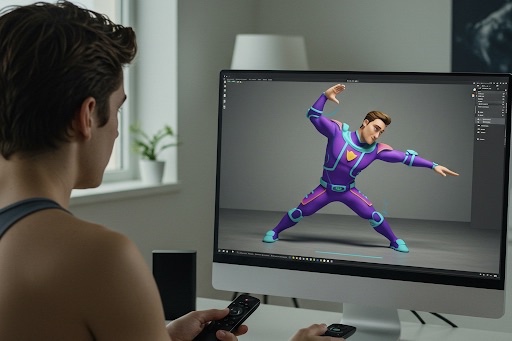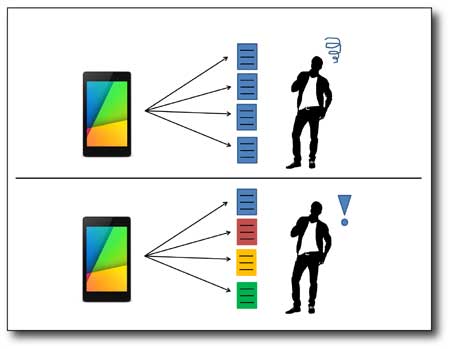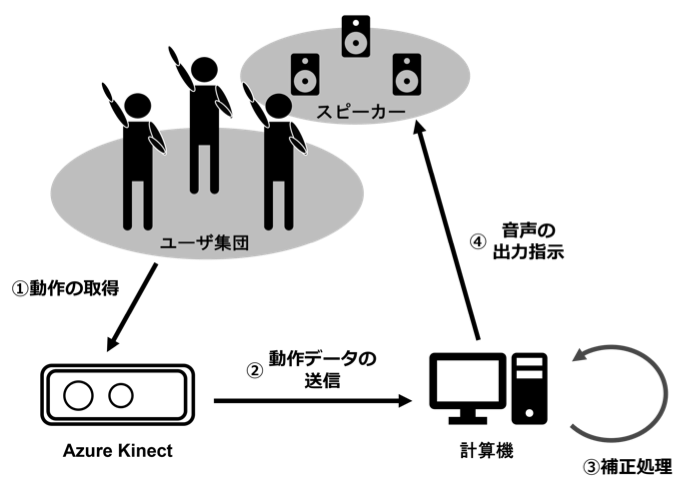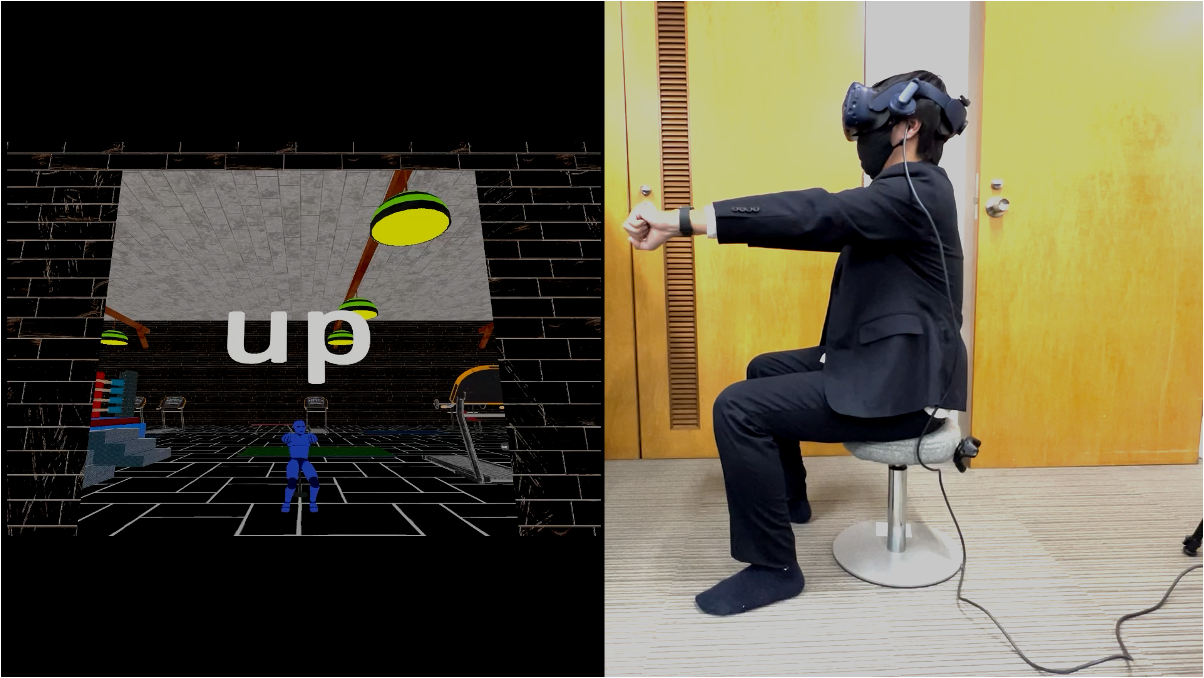
Health and Exercise Support System
Support the user's health!
In modern society, lifestyle-related diseases are viewed as a serious concern. In particular, solving the problem of obesity—which is considered a major cause of various lifestyle-related diseases—has been attracting attention. With the spread of accessible home exercise devices like Nintendo's Wii Fit, people have found it relatively easy to manage their health. Additionally, applications that utilize smartphone sensors can record data such as calories burned and changes in the user's weight. Furthermore, the use of wearable devices worn on the wrist or other parts of the body has enabled more precise measurement and recording of user information. However, existing applications do not offer personalized suggestions for diet or exercise tailored to an individual's lifestyle.
This research focuses on diet and exercise as components of health management, and aims to develop a health management system that provides personalized recommendations based on the user's individual needs.
Overview of the Health and Exercise Support System
The figure below illustrates an overview of the health management system. Based on the user's physical information, the system provides exercise and dietary recommendations tailored to their goals. In doing so, it is designed to suggest meals and exercises that align with the user's preferences in order to maintain their motivation for health management.

A System for Recommending Exercises to Users
We introduce a system that presents exercises which fulfill the appropriate amount of physical activity for each user. The goal of this system is to generate exercise menus that combine various types of exercises to match the user's target intensity level. However, if users are repeatedly presented with similar exercise menus every day, their motivation to continue exercising may decrease. Therefore, in this study, we explored a system that offers a wide variety of exercise menus by utilizing approximately 200 types of exercises commonly used in fitness clubs.

The effectiveness of the above system was confirmed through computer-based simulations. Moving forward, we aim to develop a more comprehensive system that not only provides exercise recommendations but also offers dietary suggestions and enables enjoyable health management through the use of wearable devices.
Related Work
Harmony Generation System to Enhance Motivation for Group Exercise

This study proposes a harmony generation system designed to enhance motivation for group exercise. The system generates sounds based on the movements of multiple users and enables collaborative musical performance by layering these individual sounds. Additionally, it supports the creation of harmonious output by correcting timing discrepancies in sound generation between users. In the experiment, participants performed various exercise patterns while the presence and degree of sound generation and correction were varied to evaluate the system's effectiveness.The results confirmed that musical collaboration through physical movement can increase the enjoyment of exercise in a group setting. Furthermore, adjusting the timing of each user's sound generation helped create a sense of unity, reduced psychological burden, and suggested an increase in users' motivation to exercise.
Leveraging Cross-Modal Effects to Support Squat Exercise

This study proposes a virtual reality (VR) system that utilizes the cross-modal effect—an interaction between visual and auditory senses—to create the illusion of reduced training load. The system employs a height-adjustable chair to help prevent users from losing balance during squat exercises and a non-see-through head-mounted display that projects a 3D scene responsive to the user's movements. An evaluation experiment was conducted to explore the relationship between immersion tendency and perceived fatigue. The results indicated that the system's support reduced subjective fatigue while having minimal impact on heart rate. Moreover, a noticeable discrepancy between the avatar's movements and those of the participants suggested that a stronger immersion tendency may contribute to an increase in perceived fatigue. These findings suggest that VR can be effectively used to reduce the subjective feeling of fatigue during exercise, potentially offering a more comfortable and engaging training experience.
References
Y.Hayashi, R.Oku, H.Takenouchi, M.Tokuamaru, ” Consideration of Ingredient Purchases Using the Healthy Eating Habits Support System”, 16th International Symposium on Advanced Intelligent Systems (ISIS2015), F1e-1, pp.794-803, 2015-11 (Mokpo, Korea).
Oku, R., Takenouchi, H., & Tokumaru, M. (2016, March). 食生活支援システムにおけるユーザの細やかな嗜好を表現する感性モデルの提案 [Proposal of an affective model representing users’ fine-grained preferences in dietary support systems]. Proceedings of the 11th Spring Conference of the Japan Society of Kansei Engineering, G3‑3, 2016, Kobe, Japan.
Hoshino, A., Takenouchi, H., & Tokumaru, M. (2017, March). ユーザの嗜好を考慮した運動を推薦する健康管理システム [Health management system recommending exercises that consider user preferences]. Proceedings of the 27th Soft‑Science Workshop of the Japanese Society for Fuzzy Theory and Intelligent Informatics, A4‑2, pp. 57–58, Akita, Japan.
Akihiro Yoshida, Emmanuel Ayedoun, Masataka Tokumaru, “Leveraging Cross-Modal Effects to Support Squat Exercise”, The 9th International Symposium on Affective Science and Engineering (ISASE 2023), PM-1B-04, 2023-03 (Online).
Kobayashi, R., Ayedoun, E., & Tokumaru, M. (2023, September). 集団運動の意欲向上を促すハーモニー生成システム [Harmony generation system to enhance motivation for group exercise]. Proceedings of the 39th Fuzzy Systems Symposium of the Japanese Society for Fuzzy Theory and Intelligent Informatics, 1F2‑1, pp.266–270, Nagano–Karuizawa, Japan.








